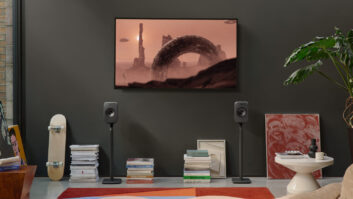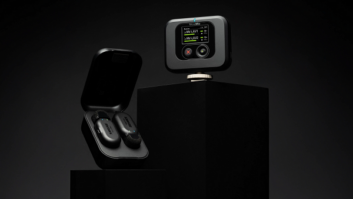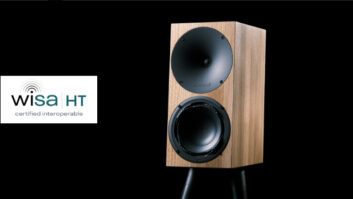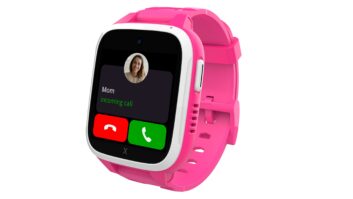John Marshall, Chairman of WirelessHD
With a myriad of new devices now available to consumers and the excitement surrounding wireless consumer electronics (CE), solid interoperability programs have become not only an added benefit, but a necessity for market success. Consumers are interested in going wireless, but, as new components are added, most face the challenge of ensuring their home entertainment products are simple to integrate and compatible with other CE devices. Most consumers aren’t concerned with the mechanics of interoperability. Their main concern is that their devices work seamlessly together, regardless of manufacturer.
Expanding the wireless ecosystem for the networked home is a burgeoning industry with many players contributing to its success. However, the only tried, true and sure-fire path to success is in the adoption of an interoperability program that benefits the CE manufacturers’ business, retailers and the end user.
A good example is the WirelessHD interoperability program, a core component of the Consortium’s efforts. The Consortium’s team created the interoperability test specification to ensure the existence of a reliable foundation for CE developers that want to pursue the wireless A/V market. Interoperability provides support and guidance for an otherwise complicated process, making it easier for consumer-friendly products to be designed and sold.
WirelessHD built the interoperability program from the ground up, with no roadmaps to follow. It sets a precedent for the use of 60GHz in home CE devices, as there has never been a program of its kind before. The program makes it possible for all products based on the WirelessHD 60GHz specification to communicate with one another whether the device is a mobile phone, a Blu-ray player, an HDTV, a gaming console or a laptop. The main challenge involved was bringing everyone to the same table and facilitating an agreement among a large group of competitive CE manufacturers on a “common wireless language.” This was successfully achieved based on the overwhelming benefits to the entire supply chain from manufacturers, to retailers and to the consumer. Customer satisfaction is ultimately the intended outcome and a recognizable standard that ensures consumers can purchase, for example, a wireless Blu-ray player from Vizio that will work with their wireless HDTV from Panasonic, Sony or LG. This increases consumer confidence and eliminates potential confusion which in turn reduces the service calls to manufacturers and return rates to retailers. It’s a win-win situation.
Based on research and industry involvement, we feel that the networked home of the future will include a combination of wired and wireless technologies. The living room of the future will definitely be a wireless focus as consumers become ever more impressed with the aesthetically pleasing potential of a thin-panel TV hanging on the wall with no wires to see or the need to customize an install in order to hide wires.
Feel free to share stories about how a wireless and networked ecosystem can simplify your life. What is your network ecosystem like at home and how do you envision it to be a year, even five years, down the line?













